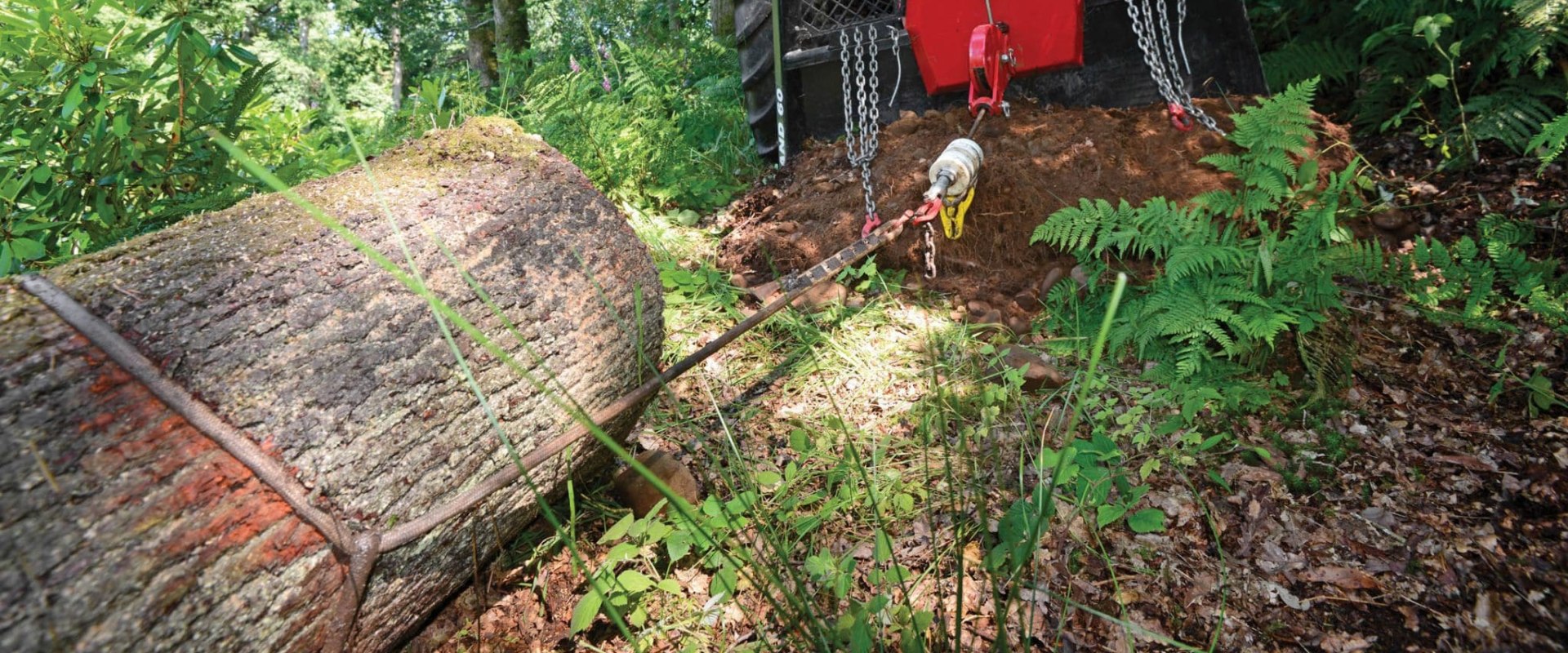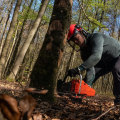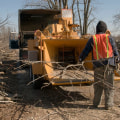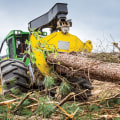Forestry is an industry that relies heavily on specialized equipment to manage and harvest timber, maintain forest health, and execute land management tasks. The effectiveness of forestry operations depends significantly on the quality and capability of the equipment used, which is designed to handle the demanding and often dangerous conditions of forest environments. From tree felling to land clearing, various machines and tools play essential roles in ensuring that forestry tasks are completed efficiently and safely. In this exploration, we will delve into the essential equipment used in forestry and how it contributes to the overall success of forestry operations.
Chainsaws: The Backbone of Forestry Operations
Chainsaws are perhaps the most iconic and widely recognized tool in forestry. They are indispensable for cutting down trees, pruning branches, and even cutting logs into manageable sizes. Modern chainsaws are designed for both power and safety, with features like anti-vibration handles, chain brakes, and ergonomic designs that reduce operator fatigue. Chainsaws come in various sizes and power levels, with larger, more powerful models used for felling large trees and smaller, lighter models for limbing and pruning. Their portability and versatility make chainsaws the backbone of forestry operations, especially in dense forest areas where larger machinery may not be practical.
Skidders: Essential for Timber Extraction
Once trees are felled, they need to be transported to a central location for processing. This is where skidders come into play. Skidders are robust vehicles designed to drag cut trees from the forest to a landing area where they can be processed or loaded onto trucks. There are two main types of skidders: cable skidders and grapple skidders. Cable skidders use a winch to pull logs, while grapple skidders have a claw-like attachment that grips the logs for easier movement. Skidders are essential for efficient timber extraction, especially in rugged terrain where other vehicles may struggle to operate.
Feller Bunchers: Combining Felling and Gathering
Feller bunchers are advanced machines that combine the functions of cutting and gathering trees into one operation. These machines are equipped with a cutting head that can grab and cut a tree at its base, then hold it while the operator cuts additional trees. The feller buncher then places the cut trees in a pile, or “bunch,” which can be easily retrieved by skidders or forwarders. This equipment is particularly useful in commercial logging operations where efficiency and speed are critical. By combining felling and gathering, feller bunchers reduce the need for multiple machines and operators, streamlining the harvesting process.
Forwarders: Transporting Logs with Precision
Forwarders are specialized vehicles used to transport logs from the forest to a landing area or roadside. Unlike skidders, which drag logs along the ground, forwarders carry logs off the ground, reducing soil disturbance and damage to the forest floor. This is particularly important in sustainable forestry practices, where minimizing environmental impact is a priority. Forwarders are equipped with hydraulic cranes that load the logs onto a bunk or trailer, allowing for precise and efficient transportation. The ability to move logs without dragging them also reduces the risk of damaging the logs, which can preserve their value.
Mulchers: Clearing Land and Managing Vegetation
Forestry mulchers are powerful machines used for land clearing, vegetation management, and creating firebreaks. These machines are equipped with rotating blades or teeth that grind trees, brush, and other vegetation into mulch, which is then left on the ground to decompose. Mulchers are essential in preparing land for reforestation, agriculture, or construction, and they are also used in habitat restoration projects. The ability to clear large areas quickly and effectively makes mulchers a valuable asset in forestry operations. Additionally, the mulch left behind can help prevent soil erosion and improve soil health, contributing to the sustainability of the land.
Harvesters: The All-in-One Forestry Machine
Harvesters are advanced machines that perform multiple functions, including felling, delimbing, and bucking trees. These machines are equipped with a cutting head that can grip a tree, cut it at the base, and then remove its branches and cut it into logs of predetermined lengths. Harvesters are highly efficient and are often used in large-scale logging operations. They reduce the need for multiple machines and operators, which can lower operational costs and improve safety. The precision and speed of harvesters make them indispensable in modern forestry, especially in operations where high productivity is essential.
Conclusion
In conclusion, the essential equipment used in forestry is crucial to the success of operations, whether for commercial logging, land management, or environmental conservation. Each piece of equipment, from chainsaws to harvesters, plays a specific role in ensuring that forestry tasks are carried out efficiently, safely, and sustainably. The choice of equipment depends on the specific needs of the operation, the terrain, and the environmental considerations. For companies involved in forestry and similar services, like J&J Roofing & Construction, understanding and utilizing the right equipment is key to achieving optimal results while minimizing environmental impact. As the industry continues to evolve, advancements in forestry equipment will play an increasingly important role in supporting sustainable forestry practices and meeting the growing demand for timber and land management services.







